The Suites Hotel Gyeongju (경주스위트호텔)
6.2Km 2017-07-29
280-12, Bomun-ro, Gyeongju-si, Gyeongsangbuk-do
+82-54-778-5300
The Suites Hotel Gyeongju is a high-end recreational resort located in Gyeongju, a city with over a thousand years of history. Located in the midst of natural beauty, the resort offers all the modern necessities with minimal disruption to the gentle curves of the surrounding hillsides.
The hotel offers cozy guestrooms with soft colored walls, up-to-date business facilities, a golf course, and a staff dedicated to quality customer service. For the ultimate experience in lavish living, trying the Royal Suite, decorated in an elegant emerald color scheme reminiscent of the Mediterranean Sea.
Facilities at the hotel include ‘Suite Hall,’ equipped with the latest facilities for banquets, business meetings, or seminars, and ‘La Terrace,’ a restaurant offering seasonal foods and window views complemented by soft music. For more active entertainment, check out the ‘Park Lounge’ or the golf course where you can enjoy the breeze coming off Bomunho Lake as you putt a few holes with the family. After you’re done, cool off with a dip in the outdoor pool or relax on the wood deck by the garden.
Hwarang Institute (화랑교육원)
6.3Km 2024-02-23
62 Saenamsan-gil, Gyeongju-si, Gyeongsangbuk-do
Hwarang Institute is Korea's first character education organization. It aims to inherit the spirit of the Silla dynasty's Hwarang, a youth warrior group, and to cultivate good character and personality in children. Its facilities include Hwarang Hall, a playground, an auditorium, and a Safety Education Hall. Notably, the Safety Education Hall features an earthquake experience room, a life-saving room, and a 4D video room, where children can receive effective preventive safety education on health, crime, and natural disasters. Nearby tourist attractions include the Gyeongju National Museum, the Tomb of King Jeonggang, Gyeongju Millennium Forest Garden, and the Tomb of King Gyeongae.
Tomb of Queen Seondeok (경주 선덕여왕릉)
6.5Km 2022-07-27
Baeban-dong, Gyeongju-si, Gyeongsangbuk-do
+82-54-779-6100
The Tomb of Queen Seondeok is a round tumulus with a circumference of 73 meters. Aside from the fact that it is circled by a protective two-layer rock, the tomb has no other unique features. As the oldest daughter of King Jinpyeong, Queen Seondeok became the first queen of the Silla Kingdom. During the 16th year of her reign, Bunhwangsa Temple and Cheomseongdae Observatory were built. She also ordered the construction of the famous nine-story wooden pagoda of Hwangyongsa Temple, a significant achievement of Buddhist architecture. While many of her efforts laid the foundation for the unification of Three Kingdoms of Korea, Queen Seondeok’s reign was plagued by rebellion and strife and she died in 647 during a rebellion, 23 years before unification was realized.
Gyeongsangbuk-do Forest Research Institute (경상북도 산림환경연구원)
6.5Km 2021-02-01
367, Tongil-ro, Gyeongju-si, Gyeongsangbuk-do
+82-54-778-3813
Located at the foot of Namsan Mountain in Gyeongju, Gyeongsangbuk-do Forest Research Institute is a popular spot for field trips and relaxation due to the institute's rare and rural forestry along with well-preserved endangered plants and wild flowers.
Gyeongju Bird Park (경주 버드파크)
6.6Km 2025-06-12
74-14 Bomun-ro, Gyeongju-si, Gyeongsangbuk-do
Gyeongju Bird Park, located in the Bomun Tourist Complex, is a bird-themed park designed in the shape of a bird's nest. It houses around birds of different species, along with various plants and flowers. Visitors can interact with the birds and enjoy hands-on experiences at the educational center. The first floor features an ecological experience hall with birds, reptiles, fish, and small animals, while the second floor includes exhibition halls and outdoor experiential spaces.
Gyeongju East Palace Garden (Donggungwon) (경주 동궁원)
6.6Km 2016-03-04
74-14, Bomun-ro, Gyeongju-si, Gyeongsangbuk-do
+82-54-779-8725, +82-54-777-7200
Gyeongju East Palace Garden re-creates Korea's first zoo and botanical garden in the image of a modern Donggung Palace and Woliji Pond. The garden is comprised of botanical garden, agricultural experience facility and Bird Park. In particular, the greenhouses in the botanical garden are built with the design of traditional building from the Silla period but are made entirely of glass, providing this garden with a unique atmosphere.
Gyeongju Teddy Bear Museum (테디베어뮤지엄 경주)
6.6Km 2021-01-06
280-34, Bomun-ro, Gyeongju-si, Gyeongsangbuk-do
+82-54-742-7400
Located within Dream Center, the Teddy Bear Museum in Gyeongju, Gyeongsangbuk-do is a unique modern attraction, opened April 6, 2011. Instead of displaying realistic sculptures, the museum uses hundreds of large and small teddy bears to depict the history of mankind, going back as far as the Age of Dinosaurs, as well as the Silla Kingdom in several different exhibition halls. The museum also features a 3D movie theater, art gallery, underwater world exhibit, and souvenir shop.
Tohamsan National Recreational Forest (토함산자연휴양림)
6.7Km 2021-04-08
1208-45, Bulguk-ro, Gyeongju-si, Gyeongsangbuk-do
+82-54-750-8700
Tohamsan National Recreational Forest, located in Gyeongju, is in close vicinity of major attractions such as Bulguksa Temple and Seokguram Grotto. Visitors can enjoy the culture as well as relaxing in a peaceful nature.
Maetdol sundubu (맷돌순두부)
6.8Km 2024-02-23
7 Bukgun-gil, Gyeongju-si, Gyeongsangbuk-do
054-745-2791
Maetdol sundubu, located at the entrance of the Bomun Tourist Complex in Gyeongju, is renowned for its homemade dubu (bean curd) dishes, crafted using domestic soybeans. The highlight of its menu is the maetdol sundubu jjigae (stone-ground soft bean curd jjigae), a savory concoction featuring sundubu (soft bean curd), shrimp, and clams. The dish is typically served in a ttukbaegi (hot pot), and customers have the option to add a raw egg to the boiling mixture. This sundubu restaurant is popular for its delicately flavored dishes.
Tobaki (토박이)
6.8Km 2017-01-03
21, Bukgun-gil, Gyeongju-si, Gyeongsangbuk-do
+82-54-748-7025
"Tobaki" serves exquisite Galchi-jjigae, Galchi-gui, and Dolsotbap, and has designated as a signature restaurant in the Gyeongju region. The restaurant welcomes many regulars due to its high standards in service and inexpensive menus.
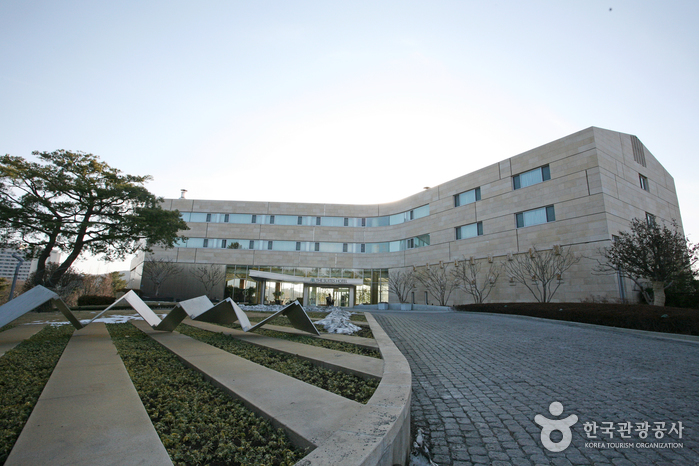
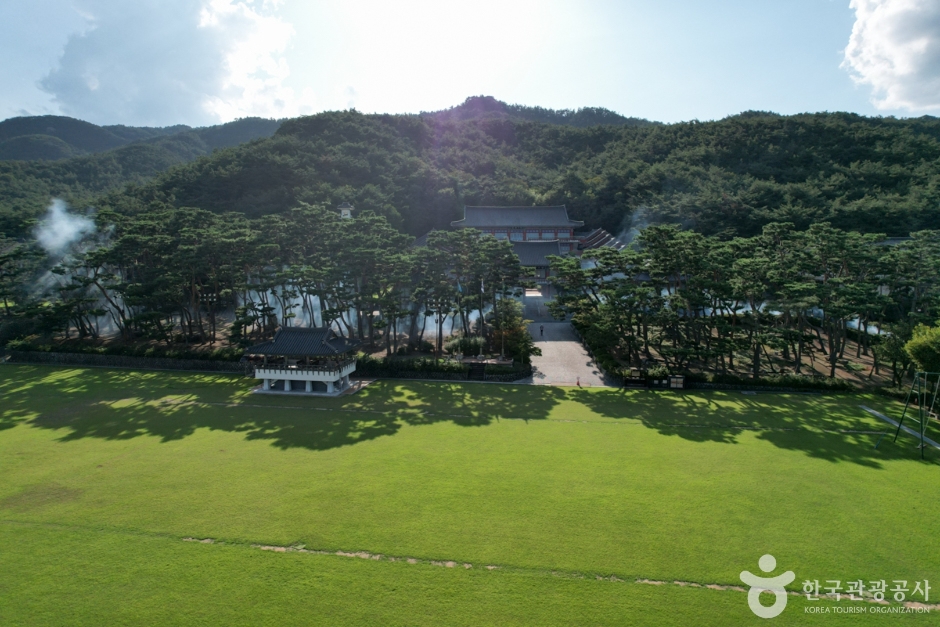
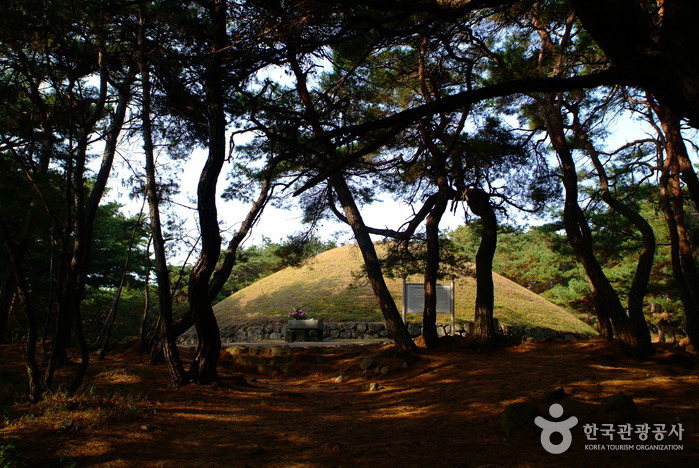
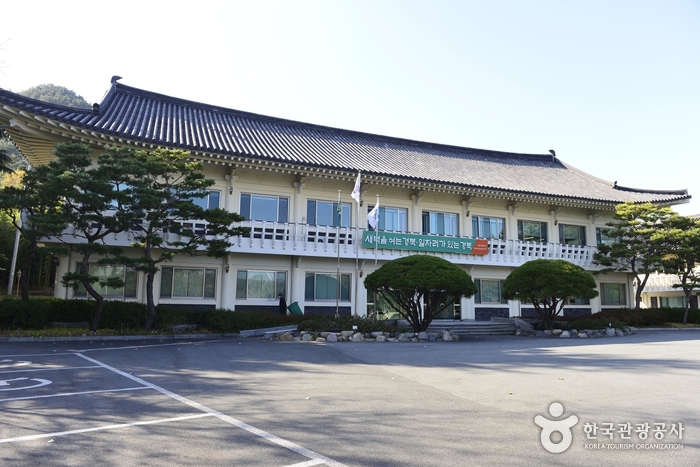
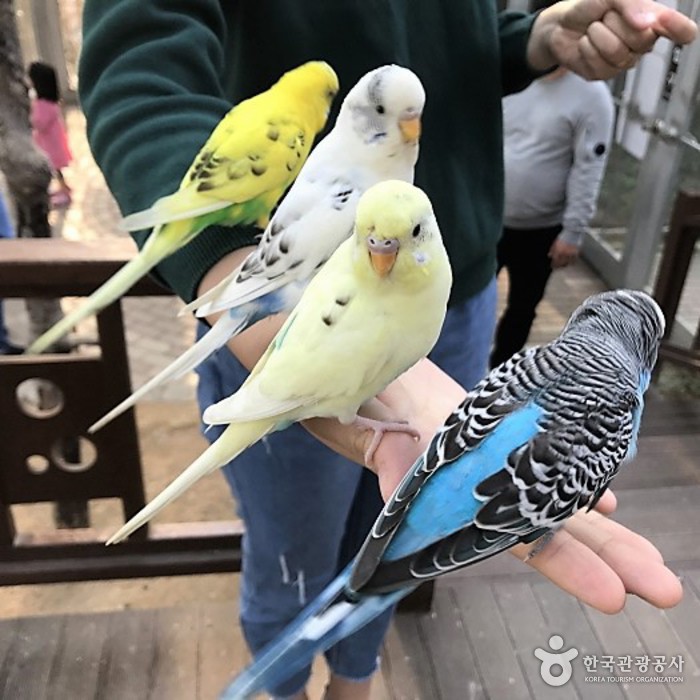
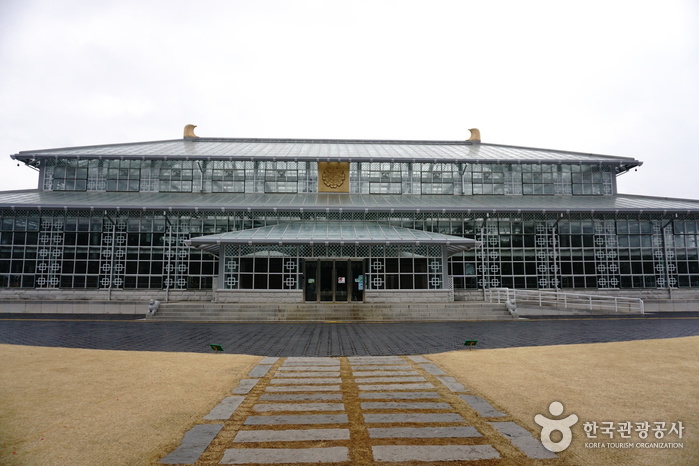
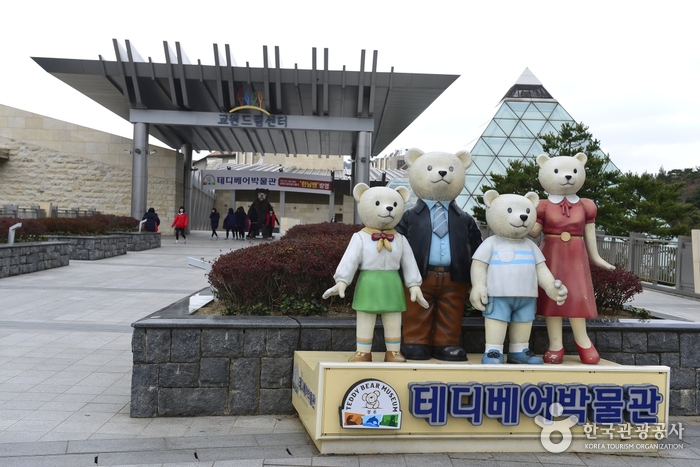

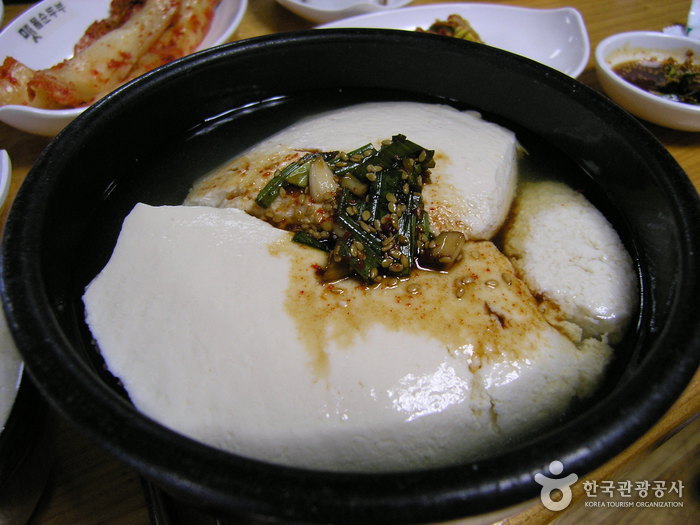
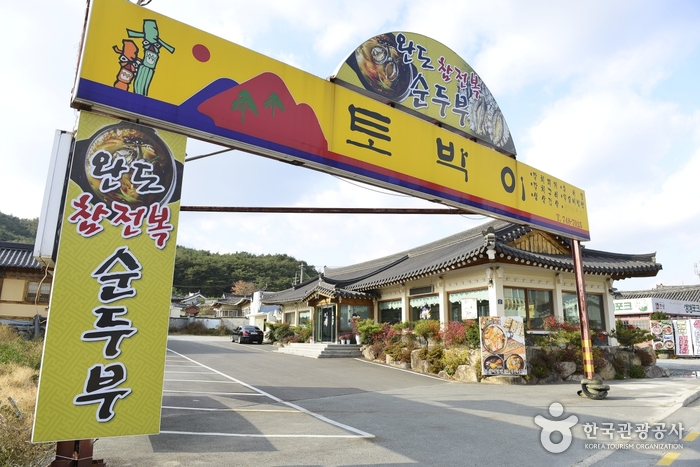
 English
English
 한국어
한국어 日本語
日本語 中文(简体)
中文(简体) Deutsch
Deutsch Français
Français Español
Español Русский
Русский